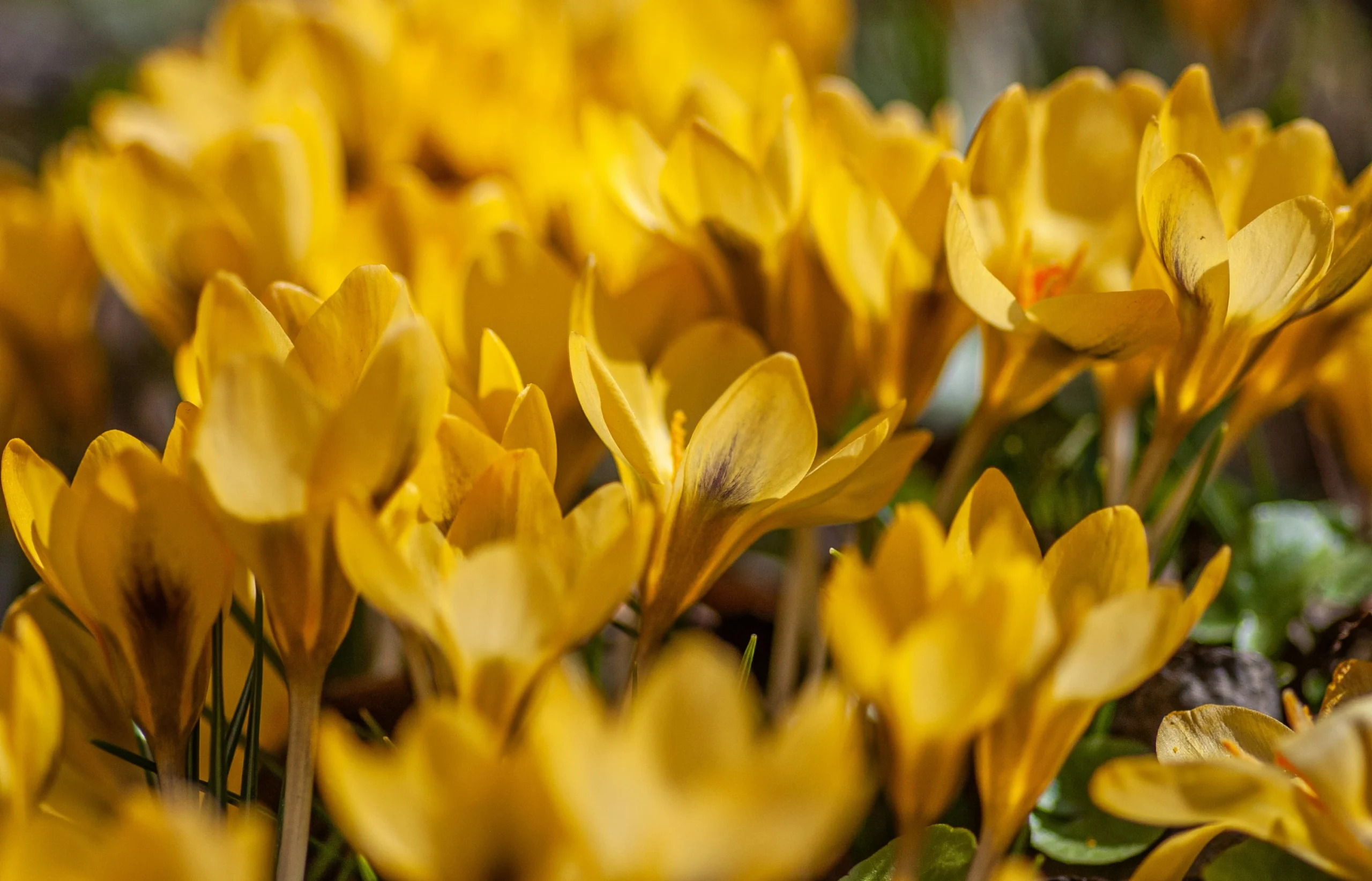If you’ve ever dreamed of transforming your backyard into a colorful retreat, spring is the perfect season to begin. Choosing the right spring garden plants is the secret to creating a space that feels vibrant, fresh, and inviting. Even if you’re just starting out, the good news is that many stunning plants are surprisingly beginner-friendly. Over the years, I’ve experimented with countless varieties, and in this guide, I’ll share the 15 most rewarding spring garden plants you can grow with ease plants that will flourish without requiring expert-level gardening skills.
Why Choose Spring Garden Plants for Your Backyard?
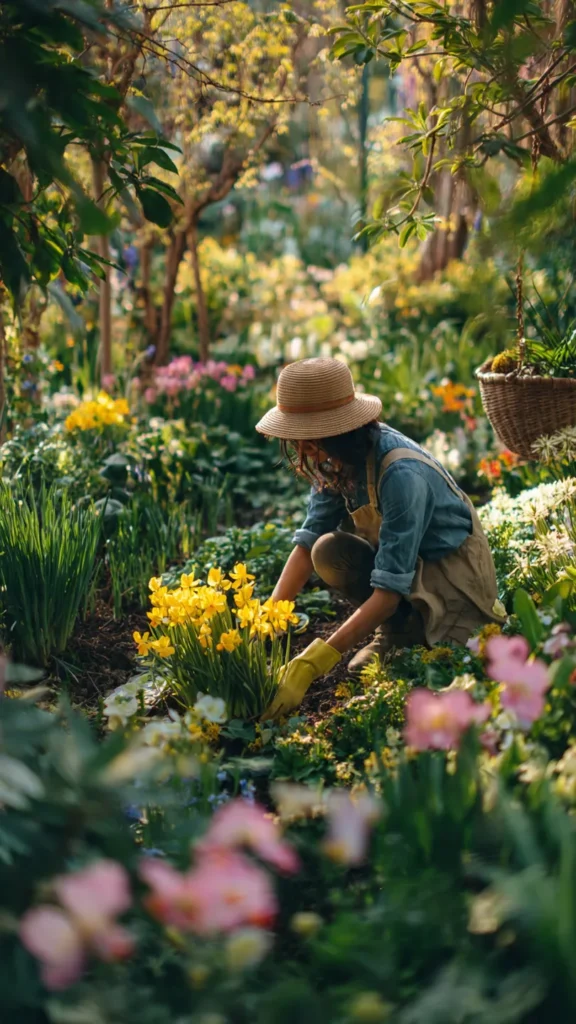
Spring garden plants bring more than just beauty. They attract pollinators like bees and butterflies, improve soil health, and add fragrance to your outdoor spaces. When you pick the right mix of flowering plants, shrubs, and climbers, you’re not just growing a garden you’re curating an outdoor living experience.
From my own backyard, I’ve learned that starting small and consistent is far more rewarding than aiming for perfection. With the right selections, even beginners can enjoy a thriving spring garden.
15 Stunning Spring Garden Plant Types to Brighten Your Backyard
1. Tulips – The Icon of Spring
Tulips are the quintessential spring garden plants. Their bold colors—from scarlet to soft pastels—instantly brighten up flower beds. Plant bulbs in the fall, and you’ll be rewarded with breathtaking blooms by spring.
2. Daffodils – Cheerful and Low Maintenance

Daffodils are practically carefree. Once planted, they return year after year, multiplying naturally. I planted them around my fence line, and they’ve become a joyful welcome every spring.
3. Hyacinths – Fragrance Meets Color
Hyacinths not only look beautiful but also fill your garden with a sweet fragrance. Place them near walkways or patios where you can enjoy their scent up close.
4. Primroses – Perfect for Shady Corners
If your garden has partial shade, primroses are ideal. Their bright yellow, pink, or purple flowers thrive where other plants struggle.
5. Pansies – Beginner’s Best Friend
One of the easiest spring garden plants for beginners, pansies bloom in cool weather and add color quickly. Their “faces” look cheerful, making them a favorite for borders and containers.
6. Lilacs – Fragrant Shrubs That Keep Giving

Lilac bushes are a long-term investment. Once established, they burst into clusters of lavender, white, or deep purple blooms. Plus, they’re incredibly low maintenance.
7. Bleeding Heart – A Touch of Romance
This plant produces heart-shaped pink blooms that dangle gracefully. When I planted one near my patio, it became an instant conversation starter.
8. Irises – Elegant and Hardy
Irises add vertical interest with their tall stems and unique flower patterns. They’re drought-tolerant, making them great if you don’t want high-maintenance plants.
9. Peonies – The Showstoppers
Few plants rival the lush, romantic blooms of peonies. Once established, they can live for decades, rewarding you with dramatic flowers each spring.
10. Azaleas – Vibrant Shrubs for Borders
Azaleas are excellent for creating colorful hedges or borders. Their clusters of pink, red, or white flowers are breathtaking when planted in groups.
11. Columbines – Pollinator Magnets
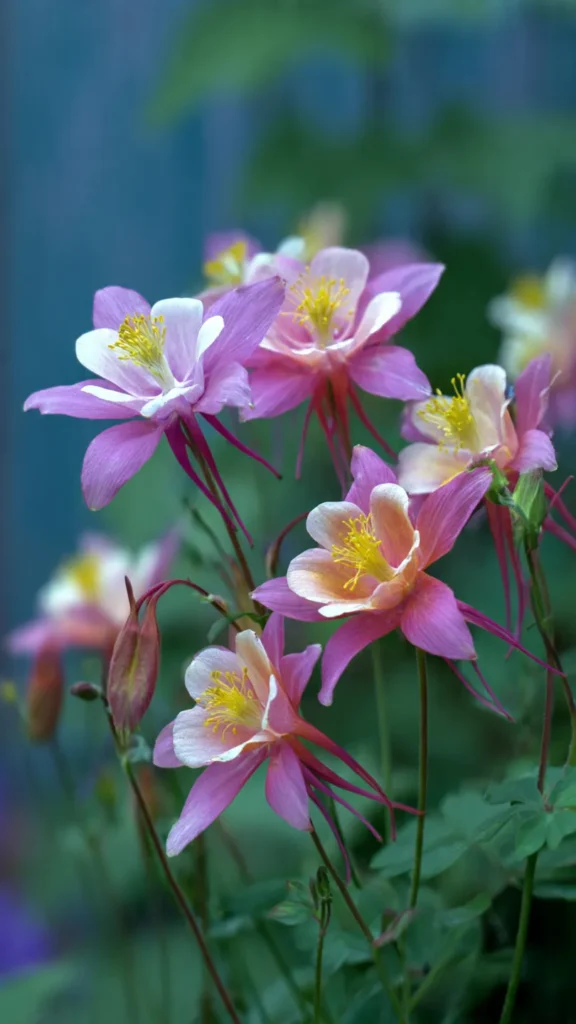
Columbines have whimsical, spurred flowers that attract hummingbirds and bees. Their unique shapes add diversity to your garden beds.
12. Forsythia – The Golden Glow
Forsythia shrubs bloom with bright yellow flowers before their leaves appear, making them one of the earliest signs of spring.
13. Snowdrops – Delicate Early Bloomers
Snowdrops are among the first flowers to bloom in late winter, signaling the arrival of spring. They’re small but incredibly charming.
14. Clematis – A Climbing Beauty
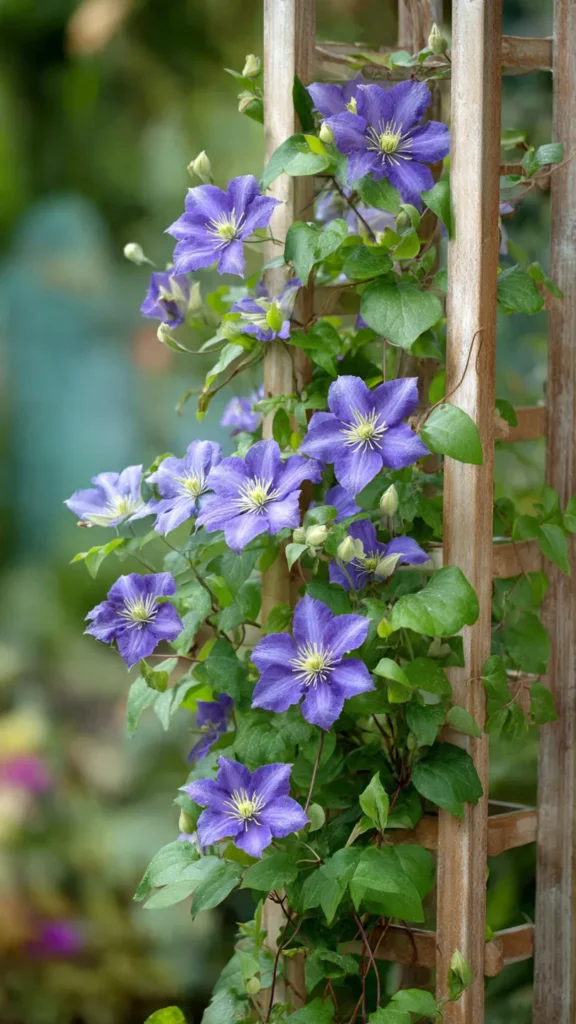
For trellises, arbors, or fences, clematis is a top choice. Its large, star-shaped flowers come in shades of purple, pink, and white.
15. Lavender – Beauty and Practicality
Lavender isn’t just attractive it’s also practical. It repels pests, attracts pollinators, and can be dried for use in sachets or teas.
Tips for Growing Spring Garden Plants as a Beginner
- Start small: Focus on 3–5 varieties your first season.
- Pick the right spot: Pay attention to sunlight and soil drainage.
- Water wisely: Most spring plants prefer moist (not soggy) soil.
- Use mulch: Helps retain moisture and suppress weeds.
- Be patient: Some plants take time to establish but reward you for years.
Personal Takeaway: Why These Plants Work for Real Backyards
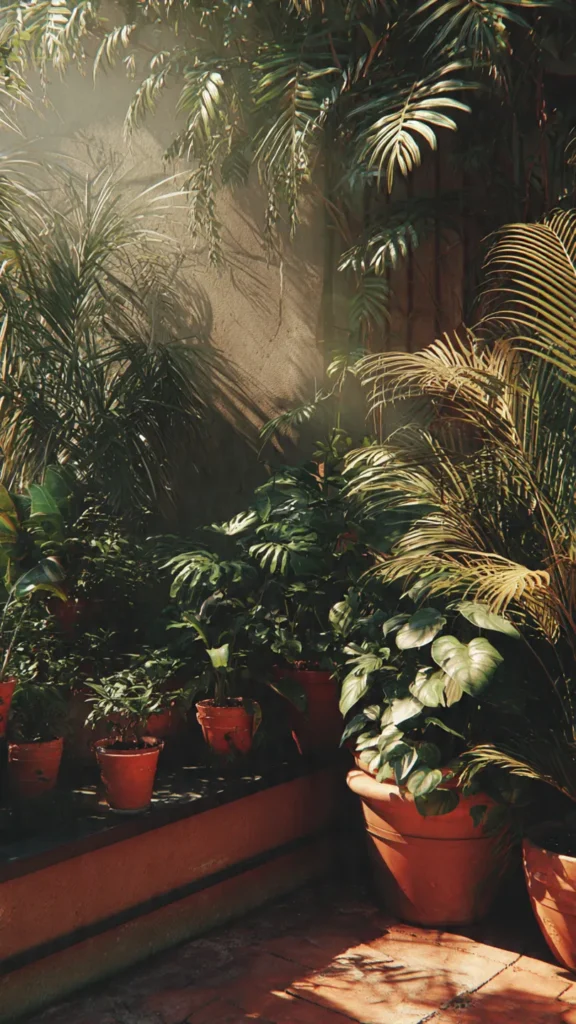
When I first started gardening, I made the mistake of planting too many high-maintenance species. Over time, I learned that success comes from mixing easy bloomers with a few statement plants. The 15 spring garden plants above are both stunning and forgiving perfect for anyone who wants to grow a thriving garden without feeling overwhelmed.
Conclusion
Building a backyard bursting with color doesn’t require professional gardening skills. By choosing beginner-friendly spring garden plants, you can create a lively, fragrant, and low-stress outdoor sanctuary. Whether it’s tulips welcoming you after winter, or lavender filling the air with its calming scent, these plants prove that spring gardens are for everyone even beginners.
FAQs About Spring Garden Plants
1. What are the easiest spring garden plants for beginners?
Pansies, daffodils, and tulips are among the easiest to grow for new gardeners.
2. When should I plant spring garden plants?
Most spring bulbs like tulips and daffodils are planted in fall, while others like pansies can be planted in early spring.
3. Can I grow spring plants in containers?
Yes! Tulips, pansies, and primroses thrive in pots and window boxes.
4. Do spring garden plants need full sun?
Not always—plants like primroses and bleeding hearts do well in partial shade.
5. How often should I water spring plants?
Water regularly but avoid waterlogging. Most prefer moist, well-drained soil.
6. Which spring plants attract pollinators?
Lavender, columbines, and lilacs are excellent for attracting bees and butterflies.
7. Do spring garden plants come back every year?
Yes, many such as daffodils, peonies, and irises are perennials that return each spring.
8. How can I make my spring garden bloom longer?
Plant a mix of early, mid, and late-blooming varieties to extend the season.
9. Are spring garden plants suitable for small backyards?
Absolutely! Containers and vertical climbers like clematis make the most of limited space.
10. What’s the biggest mistake beginners make?
Overwatering and planting in the wrong light conditions are the most common mistakes.
